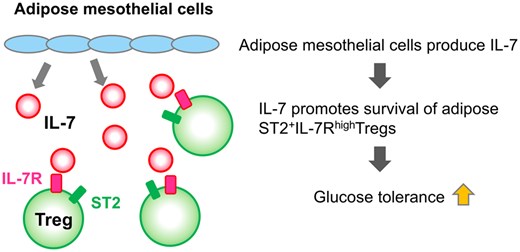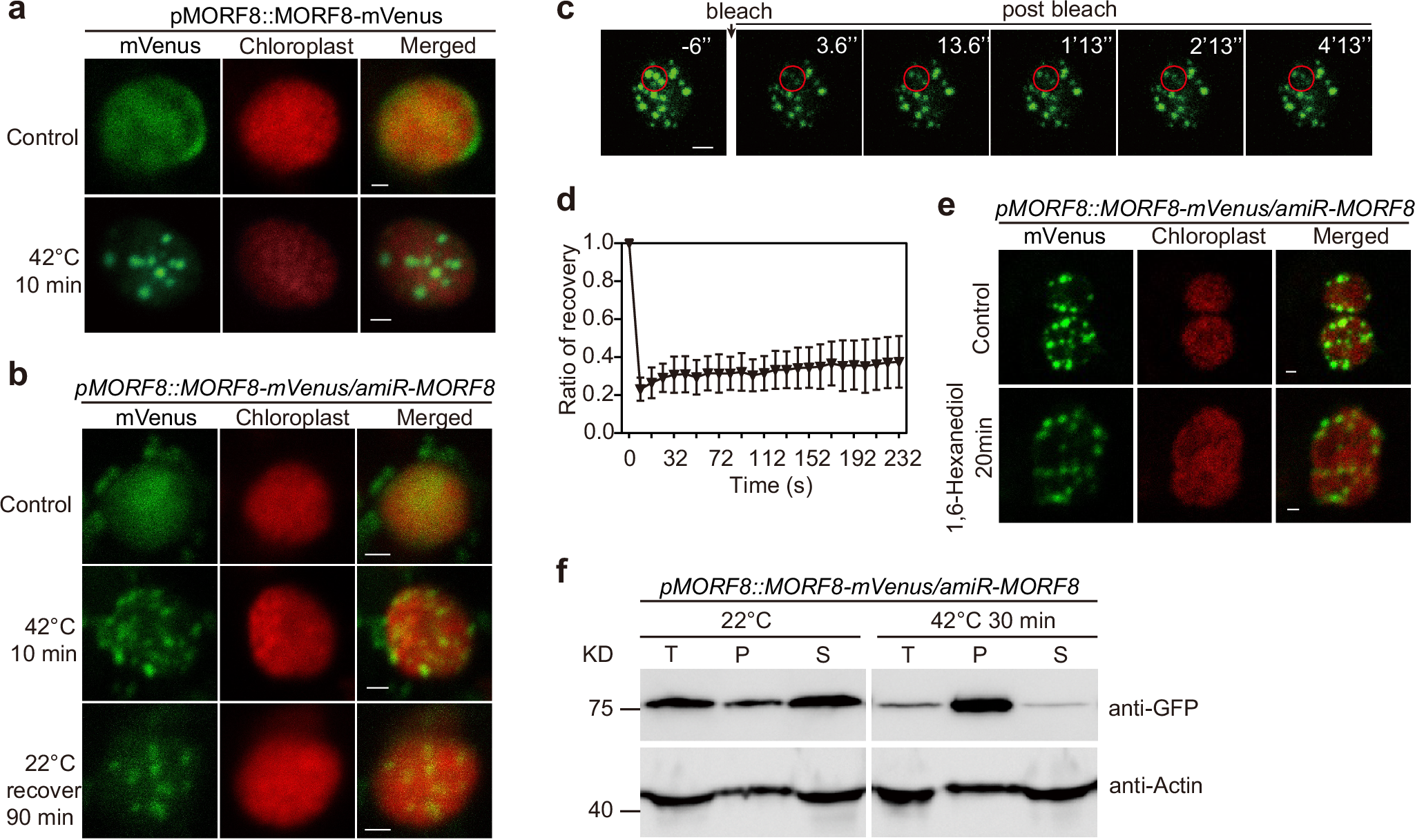2025-04-03 京都大学
<関連情報>
- https://www.kyoto-u.ac.jp/ja/research-news/2025-04-03-0
- https://www.kyoto-u.ac.jp/sites/default/files/2025-04/web_2504_Fujihara-4e0808da0f9cbe88a2279d1316185b53.pdf
- https://conbio.onlinelibrary.wiley.com/doi/10.1111/csp2.70010
日本で飼育されているコツメカワウソの地理的起源に関する分子生物学的研究 Molecular tracing of the geographical origin of captive Asian small-clawed otters in Japan
Mayako Fujihara, Akiyuki Suzuki, Worata Klinsawat, Wanlop Chutipong, Cécile Sarabian, Marie Sigaud, Vanessa Gris, Miho Inoue-Murayama
Conservation Science and Practice Published: 08 March 2025
DOI:https://doi.org/10.1111/csp2.70010

Abstract
The international trade of the Asian small-clawed otter (Aonyx cinereus) for commercial purposes is prohibited by the Convention on International Trade in Endangered Species of Wild Fauna and Flora (CITES) Appendix I. However, otter smuggling is still rampant, and Japan is among the important destination countries for captive otters whose origins are ambiguous. Our study aims to investigate the geographic origin(s) of Asian small-clawed otters in exotic animal cafés (EACs), zoos/aquariums in Japan, as well as those seized by Japanese customs, by comparing their mitochondrial DNA sequences with those of wild otters in Thailand—a primary trade hub for these animals. We analyzed 1511 bp mitochondrial sequences, including the complete CytB gene and a partial Control Region, in 33 individuals kept in EACs, 43 individuals from zoos/aquariums, and five from Japanese customs seizures, and compared them with the reference sequences from Thailand and neighboring countries. We detected 12 haplotypes among the captive otters in Japan, and the haplotype network was divided into three major groups. Moreover, certain haplotypes found in EACs and seized individuals were also present in wild otters from the southern region of Thailand, which is a suspected poaching hotspot. While more than half (24 of 43) of captive otters in zoos/aquariums share the same haplotypes with their wild counterparts in Thailand, most haplotypes do not match those found in seized and café individuals. According to CITES records, this species has not been imported from Thailand into Japan since 1988. Our findings suggest that most (75%) of seized and captive otters at EACs originated from southern Thailand, likely through illegal trade after this date. Expanding the database of samples from captive otters in Japan and wild otters in their original habitats may help to clarify the trade routes of these animals to the country.


